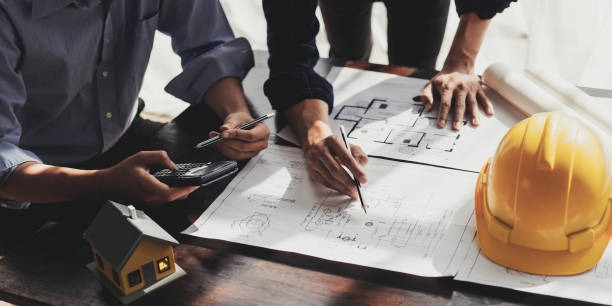If you’re considering building your dream home, understanding the construction timeline from start to finish can save you from unnecessary frustration. The process can seem overwhelming at times, but breaking it down into manageable phases makes it more digestible. Here’s what you can expect along the way.
1. Initial Planning and Design
Before a groundbreaking can happen, a lot of essential groundwork must be put in place. Here, you’ll work with architects and designers to map out your vision. You’ll cover important factors like layout, materials, and overall design aesthetics. A comprehensive plan ensures that your custom home construction project stays on track and within budget.
2. Permits and Approvals
Once the design is settled, it’s time to gather the necessary permits. This step varies greatly depending on your location but generally includes zoning permits, building permits, and any necessary environmental clearances. Patience is key at this stage, as it can take time to receive approvals.
3. Site Preparation
Site preparation is where the physical work kicks off. It involves clearing the land, excavating, and setting the foundation. This phase lays the groundwork for the rest of your custom home and usually takes a few weeks. After the site is prepared, the real excitement begins.
4. Foundation and Framing
The foundation and framing form your home’s skeleton. The foundation needs to be solid, as it supports everything that comes afterward. Once poured and set, expert builders start with the framing. This is when your home starts to take shape, and you can visualize the layout you planned.
5. Plumbing and Electrical Installation
With the frame up, it’s time for the plumbing and electrical installations. These systems are crucial, and any changes after this stage can be costly. This phase involves a delicate dance of running pipes and wiring throughout the skeleton of your home, seamlessly integrating with the frame.
6. Roofing and Siding
With utilities in place, your home requires protection from the elements. That’s where roofing and siding come in. Whether you’re opting for shingles, metal, or another material, these elements play a critical role in both aesthetics and functionality. Siding adds another layer of protection while defining the exterior look.
7. Interior Finishing
Next, the focus shifts to the interior. This stage includes adding insulation, drywall, and flooring. Interior doors and trim are also installed. At this point, you can truly start to see your vision come together, but there’s still more to do.
8. Custom Touches
Adding custom touches is where your home truly becomes yours. From custom cabinetry to personalized lighting fixtures, these elements reflect your personality and style. Bring your ideas to life with the help of professionals. For instance, consult with expert builders in Fall River who have the experience to make your dream house a reality.
9. Exterior Works and Landscaping
Your home isn’t complete without some attention to the great outdoors. Landscaping, driveways, and walkways add beauty and functionality. As your project reaches the finishing stages, you’ll see it blossom.
10. Final Inspections and Walkthrough
Before you move in, your home needs to pass final inspections. Builders, like those you can find by checking home builders in Annapolis Valley on Google Maps, ensure everything meets local guidelines and quality standards. Once cleared, you’re ready for a final walkthrough.
11. The Big Move-In
With the keys in hand, it’s finally time to move into your dream home! Unpacking and settling can take time, but the effort is well worth it to see a beautiful, finished product that was once just a concept in your mind.
12. Post-Construction Considerations
Even after you settle in, there are a few things to keep in mind. Regular maintenance is key to preserving the quality of your new home. Scheduling regular check-ups on essential systems can prolong their life and keep everything running smoothly.
13. Communication is Key
Communication throughout the construction process can make or break your experience. Stay in touch with your building team, and don’t hesitate to voice concerns as they arise. It’s your home, after all, and ensuring you’re involved in every stage increases your satisfaction.
14. Understanding Timelines
The timeline can vary based on the complexity of the project, weather conditions, and permit approval times. A typical custom build can take anywhere from six months to a year. It’s important to be flexible and prepared for unexpected delays.
15. Budgeting Wisely
Many homeowners understandably worry about sticking to their budgets. Be sure to allocate funds for unexpected expenses and communicate with your builder if costs begin to deviate from your plan.
Final Thoughts
Embarking on a home construction journey is no small feat, but understanding the expected timeline helps align your expectations. Whether you’re working with custom home construction teams or tackling some aspects alone, the key is preparation and engagement. You’ve got this—your dream home is waiting just around the corner.

